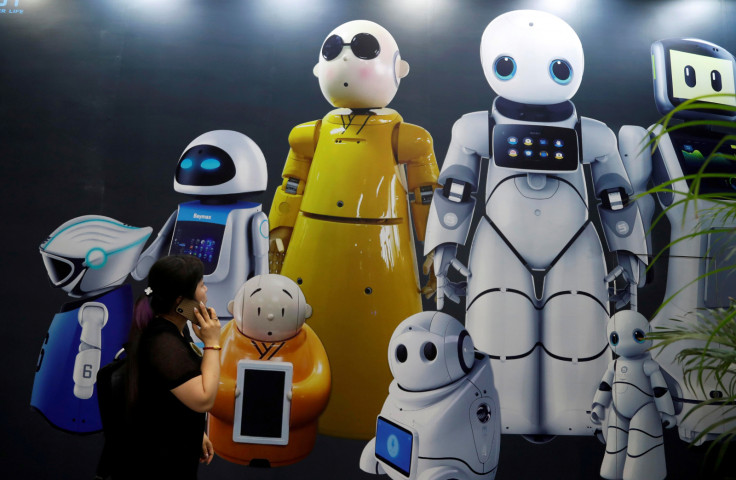Battery tech discovery would allow robots to store energy like the human body
Researchers from the University of Michigan were inspired by the concept of how our metabolism allows us to turn fat reserves into fuel.
It was not long ago when Tesla's Elon Musk shared some updates regarding the company's proposed solution to human-machine interaction. Called Nueralink, the system would use a brain implant that will allow individuals to interface wirelessly with computers. Moreover, it is marketed as a means for patients with certain psychological disorders to take control of their affliction. Now, a groundbreaking discovery in battery technology hopes to give robots some abilities that can only be done by animals and humans.
Researchers from the University of Michigan were inspired by the concept of how our metabolism allows us to turn fat reserves into fuel. The team was able to harness this with the help of a rechargeable zinc battery which is then distributed within the structure of a machine. Perhaps the most popular type used by almost any portable electronics is lithium-ion. However, these normally take up a lot of space, reports the Independent
Funding the project is the United States Department of Defense. "Robot designs are restricted by the need for batteries that often occupy 20 per cent or more of the available space inside a robot, or account for a similar proportion of the robot's weight," explained Professor of Engineering and research leader Nicholas Kotov.
He added: "We don't have a single sac of fat, which would be bulky and require a lot of costly energy transfer. Distributed energy storage, which is the biological way, is the way to go for highly efficient biomorphic devices." Using living forms and system, biomorphic technology hopes to innovate humanoid robots that would function efficiently around areas intended for humans.
Moreover, the advanced battery technology in question is a flexible platform. It can reportedly be used for other types of robots such as drones. Instead of relying on a single battery, engineers can line the structure with the zinc batteries to add more range and usage time.

According to researchers, the zinc battery uses an electrolyte membrane crafted out of carbon-based nanofibers and a water-based polymer gel. Energy is stored and transferred through this material to generate an electric charge. Compared to lithium-ion batteries, it does not pose a fire hazard and is environmentally friendly.
© Copyright IBTimes 2025. All rights reserved.





















